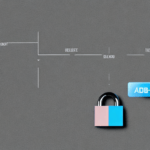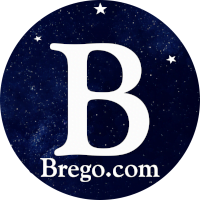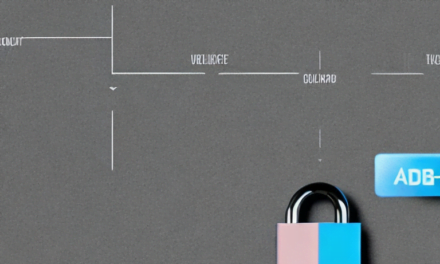Web3 Education: Democratizing Knowledge and Skill-Building for the Next Generation
By Web3Network.com
In the ever-evolving digital landscape, the rise of Web3 technologies has sparked a revolution in how we perceive and interact with the internet. At the core of this transformation lies the promise of equal access, decentralization, and community-driven ecosystems. As Web3 continues to gain traction, one area that holds immense potential for disruption and democratization is education.
The Current State of Education: Barriers and Inequalities
Traditional education systems have long faced challenges...
Related Posts
Recent Posts
-
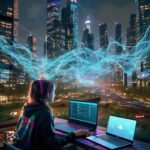
-

-
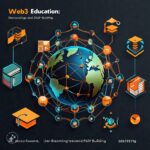
-
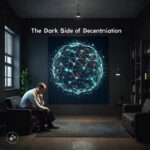
-

-

-
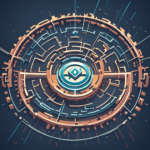 The Evolution of Web3: A Comprehensive OverviewOct 5, 2023 | Web3 Basics
The Evolution of Web3: A Comprehensive OverviewOct 5, 2023 | Web3 Basics -
 Web3 HeadlinesAug 30, 2023 | Web3 Network News
Web3 HeadlinesAug 30, 2023 | Web3 Network News -

-
Web 3 Network Search ResultsApr 24, 2023 | Uncategorized
-
